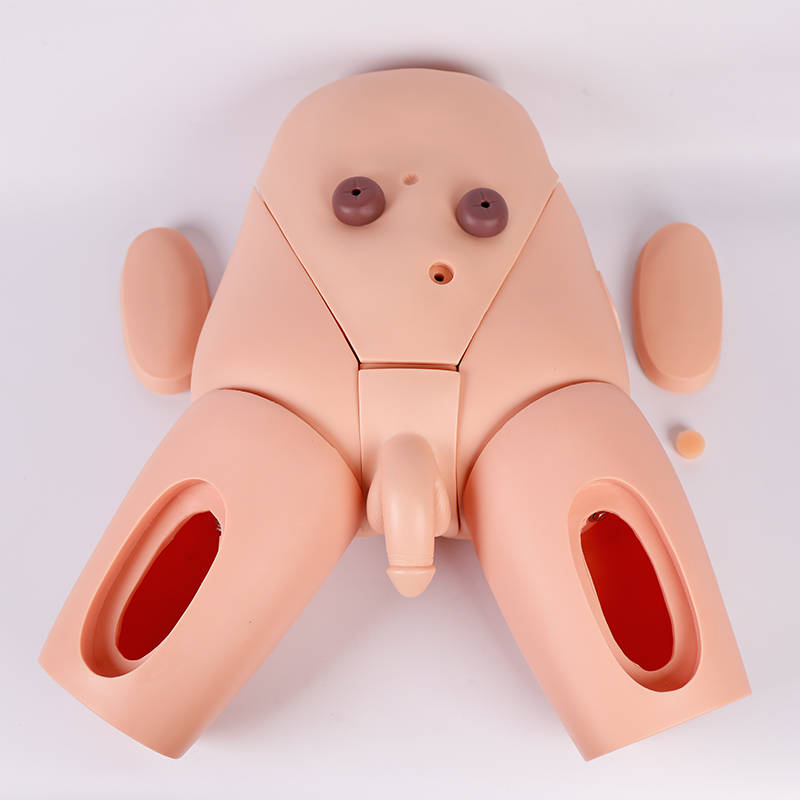1. Directly export uncontaminated urine specimens from the bladder for bacterial culture, measure bladder capacity and pressure, and check residual urine volume to differentiate between urinary obstruction and urinary retention, to assist in diagnosis.
2. Release urine for patients with urinary retention to alleviate suffering.
3. Before pelvic organ surgery, perform catheterization to empty the bladder and avoid injury during the operation.
4. In cases of coma, urinary incontinence, or potential injury, maintain the catheter to keep the area dry and clean. After certain surgeries for urinary system diseases, it is often necessary to perform indwelling catheterization to promote the recovery of bladder function and the healing of the incision.
5. In emergencies for patients in shock or critical condition, accurately record urine output and specific gravity to monitor kidney function.
Catheterization model
Precautions for female patient catheterization
1. All items must be strictly disinfected and sterilized, and operated under aseptic conditions to prevent infection.
2. If the catheter mistakenly enters the wrong area, replace the catheter and reinsert it.
3. Select a smooth catheter of appropriate size and thickness; the insertion should be gentle and slow to avoid damaging the urethral mucosa.
4. If the bladder is highly distended and the patient is extremely weak, the first drainage should not exceed 1000 milliliters. Excessive drainage can suddenly lower intra-abdominal pressure, causing significant blood retention in the abdominal vessels, leading to a sudden drop in blood pressure and resulting in collapse. Additionally, sudden decompression of the bladder can cause acute congestion of the bladder mucosa, resulting in hematuria.


